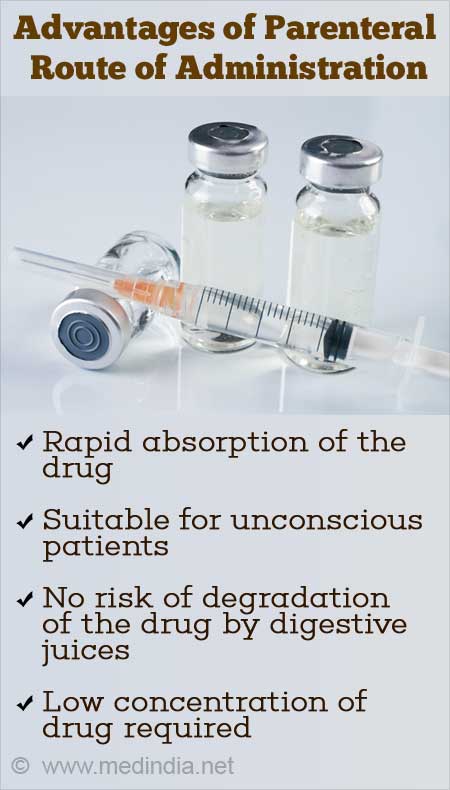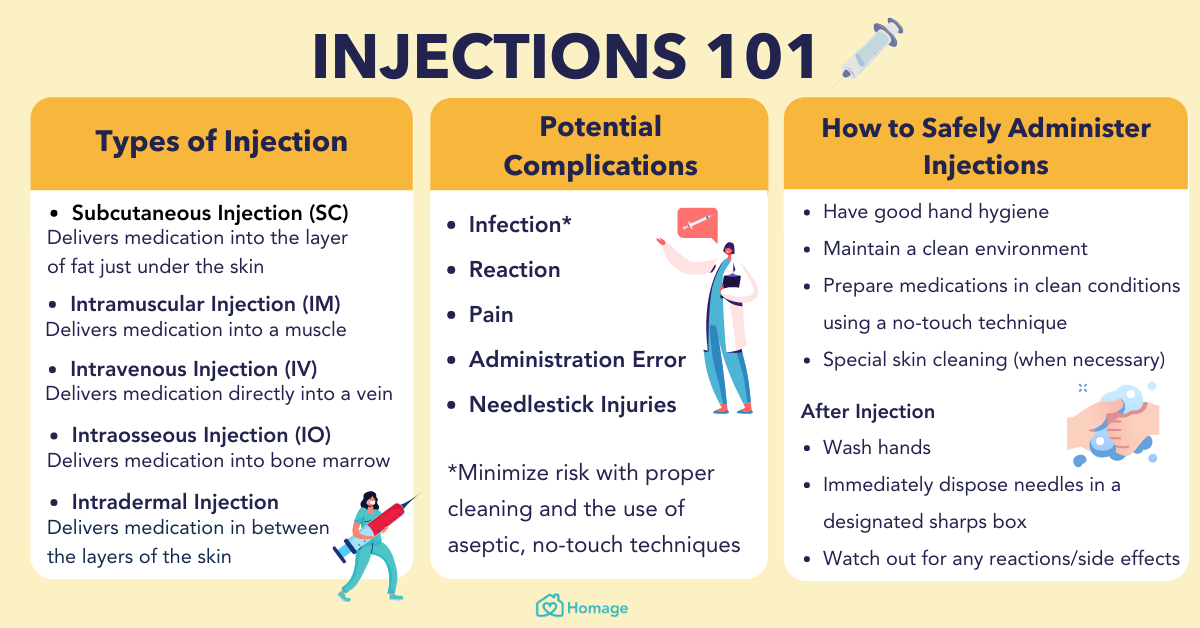Which Route of Administration Is Used Most Often Why
113 rows Administration by means of an electric current where ions of soluble salts migrate. The drug is absorbed in.
The most commonly used parenteral routes of administration are subcutaneous intravenous intramuscular and intradermal injections.

. Although solid-dose forms such as tablets and capsules have a high degree of drug stability and provide accurate dosage the oral route is problematic because of the unpredictable nature of gastrointestinal absorption. It may be in the form of tablets capsules syrup emulsions or powders. The metric system Pg.
The mouth route is the most commonly used route of drug administration due to the ease in which the drugs can be taken. It is mostly used for the neutral drugs. The oral route is the most frequently used route of medicines administration and is the most convenient and cost-effective Dougherty and Lister 2015.
Medications delivered to the distal one-third of the rectum at least partially avoid the first pass effect through the liver which allows for greater bio-availability of many medications than that. Oral route is the most common route of drug administration. Types of delivery routes.
Less amount of drug reaches the target tissue. Liquid dosage forms eg. The walls of the rectum absorb many medications quickly and effectively.
It is easy to use. Wearing a patch on your skin and inhaling the drug through your nose are. The veins most often used for initiating IV lines are found in the anterior forearm the posterior hand the radial aspect of the wrist and the antecubital space.
The drug is completely available to the body. The oral route is the most frequently used route for drug administration. Aside from taking a medication by mouth also called the oral route you might have an injection into a muscle as sometimes is the case with painful trigger points.
The most convenient route of administration and the most common. Intravenous injection is the most common parental route of medication administration and has the benefit of bypassing the first-pass metabolism by the liver. The ocular route of administration particularly the IVT route is thought to tend to elicit immunogenicity in line with intradermal subcutaneous and inhalational routes of administration that are associated with increased immunogenicity as compared to intramuscular and intravenous routes.
Allergy skin tests TB skin test. The rectal route is an effective route of administration for many medications especially those used at the end of life. 41 Which of the following routes of administration has a bioavailability of about 80- 100 is usually very slow absorbing and has prolonged duration of action.
A IV intravenous b IM intramuscularc SQ subcutaneous d Rectal e Transdermal. Tablets immediate-release enteric-coated modified-release capsules granules powders. This method also provides the most difficult pathway for the drug to reach the targeted area.
The dosage forms of the oral route include Tablets Capsules Powders Mixtures Emulsions and Gels. Rectal administration is an enteral route of drug administration that can be used if a patient is vomiting or unconscious 47 The inhalation route may be used in the administration of the which of the following forms of gaseous microcrystalline liquid or powdered form of drugs for either local or systemic effects. Advantages of the Oral Route.
Involves placing the drug in the moth and swallowing it. Drugs that are too irritating for intramuscular or subcutaneous administration eg chemotherapy agents can be given by this route. 42 Which of the following routers of administration is the most convenient although may.
The pharmacokinetic properties such as absorption distribution metabolism and excretion of a drug are critically influenced by the route of administration. Solid dosage forms eg. Routes of Drug Administration 1.
Intravenous administration will provide the most rapid onset of action of any parenteral route because there is no barrier to absorption. The routes of administration include ingestion by swallowing capsules or bombing the powder is swallowed after being wrapped in a cigarette paper and nasal insufflation snorting more specifically by keying a key is dipped in the powder and then insufflated as well as the less frequently reported gingival and sublingual delivery intravenous and intramuscular injection. The term _____ route is administration that involves the application of a drugs directly onto the skin or mucous membrane.
Sites outside the gastrointestinal tract the administration of medication by injection. Injection into the skin dermis. Poor absorption if systemic effects wanted.
Good presentation to immune system. It is necessary to relate the drug to the _____________ being treated before the correct combination of drug and dosage form can be made. Given their superficial location on the skin peripheral veins provide easy access to the circulatory system and are often utilized in the parenteral administration of medications.
The oral route of administration is the safest most economical and the most convenient way of giving medicines. Background - The route of administration is defined as the path by which a drug or other substance enters the body. Generally safe route of drug administration.
It is safe and acceptable. Which system is used most often to prescribe and administer medication. Why is the parenteral route used when administering medication.
The United States Food and Drug Administration recognizes 111 distinct. It is the cheapest available route. Most drugs are absorbed from small intestine but some are absorbed from stomach and colon.
Local effect only if desired.

Comparison Of The Angles Of Insertion For Intramuscular Im Subcutaneous And Intradermal Injec Medications Nursing Medical Education Medical School Studying



Comments
Post a Comment